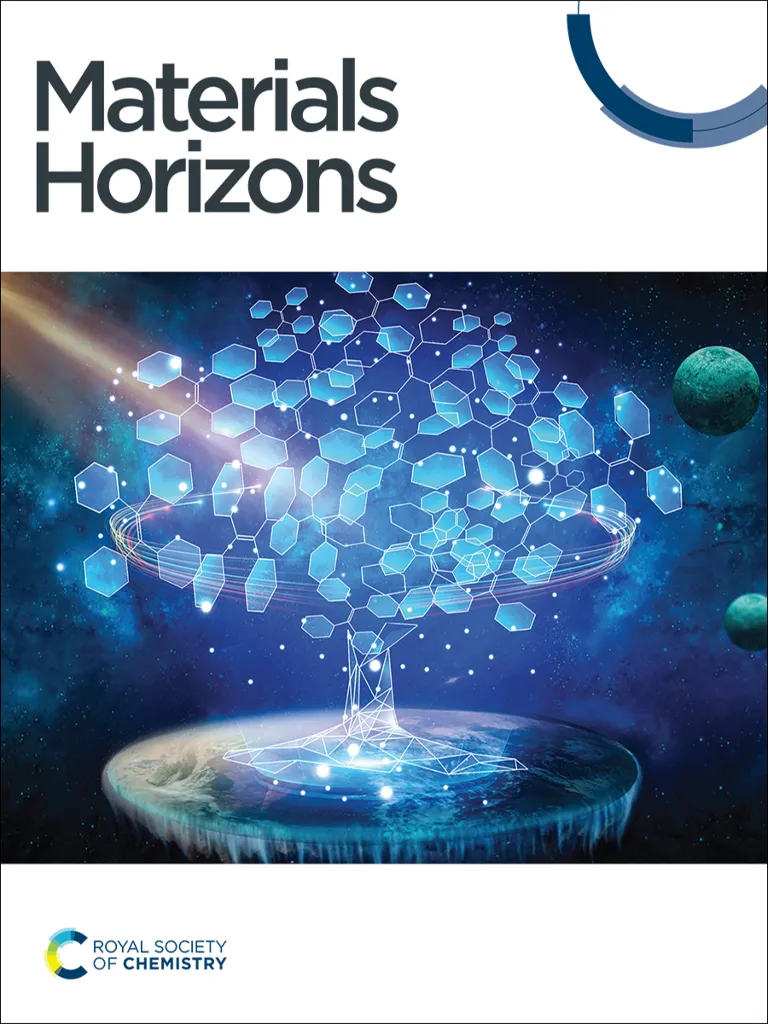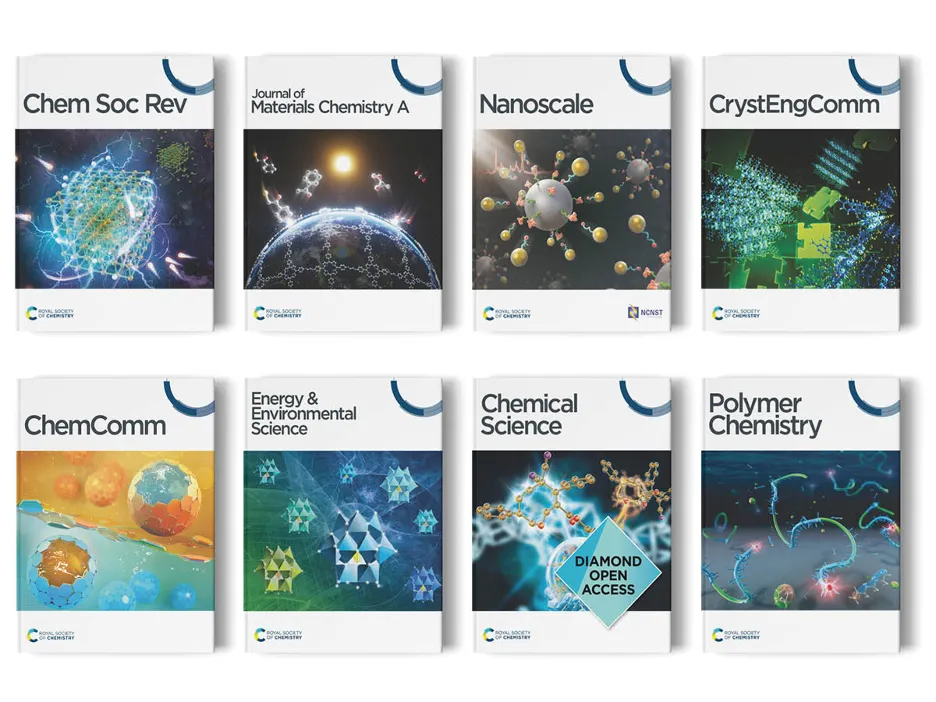Nanocatalysis

Submissions now open
| Deadline: | 16 July 2025 |
|---|---|
| Guest Editors: |
Wee-Jun Ong, Xiamen University Vivek Polshettiwar, Tata Institute of Fundamental Research (TIFR Marcella Lusardi, Princeton University Tianyi Ma, RMIT University Jennifer Strunk, Technical University of Munich Huabin Zhang, KAUST |
|
This special-themed collection aims to provide a comprehensive platform for showcasing the latest breakthroughs and emerging trends in catalysis, with a focus on the interface at materials and nanoscience. Nanocatalysis represents a transformative frontier in nanoscience and nanotechnology, profoundly advancing the field of catalysis. The integration of nanostructures enables precise control over the dispersion of active sites and the optimization of diffusion pathways for reaction species. Tailored control of particle size, crystal facets, and the hierarchical assembly of nanoparticles has unlocked unprecedented catalytic activity and selectivity, driving innovation in catalyst design. Moreover, the tunable thermal, piezoelectric, photo- and electrochemical properties of nanomaterials have expanded their utility, facilitating groundbreaking applications in energy and environmental domains. These include solar water splitting, C1 conversion processes, H2O2 production, plastic valorization and reforming, nitrogen fixation, nitrate reduction, methane conversion, and organic chemical synthesis—critical challenges of global significance. In the context of depleting fossil fuels, rising atmospheric CO2 levels, and the urgent need for sustainable clean solutions, nanocatalysis has emerged as a pivotal driver in chemical synthesis, environmental remediation, and clean energy technologies. This special-themed collection aims to provide a comprehensive platform for showcasing the latest breakthroughs and emerging trends in catalysis, with a focus on the interface at materials and nanoscience. The scope of the collection is intentionally broad, including but not limited to:
Submissions should fit within the scope of either Nanoscale Horizons or Materials Horizons. Please visit the journal webpages for more information on their scope, standards and author guidelines. We invite authors to select the journal that best suits their submission. This open call is open for primary research only. Please note that primary research is accepted in the form of Communications for both journals and requires a ‘New Concepts statement’ to help ascertain the significance of the research. General guidance and examples can be found here. When ready please submit your manuscript directly to Nanoscale Horizons or Materials Horizons where our Editors will assess as per the scope and standards of the journal. Please add a note in the ‘Comments to the Editor’ and ‘Themed issues’ sections of the submission that this is a submission to the ‘Nanocatalysis’ themed collection in response to the Open Call. Please note that all submissions will be subject to our standard rigorous peer review process, including initial editorial assessment as to suitability for the journal. If accepted, your article would be published in a usual issue of the journal and added to the online collection for extra visibility. |
|
Materials Horizons
Impact factor
10.7 (2024)
First decision time (all)
12 days
First decision time (peer)
33 days
Editor-in-chief
Martina Stenzel
Open access
Hybrid
Related pages

Publish with us
Get your work the international recognition that it deserves.

Our journals
We publish over 50 world-leading journals that span the core chemical sciences and related fields.

Sign up for journal email alerts
Get table of contents alerts and notifications about calls for papers, themed issues and more.